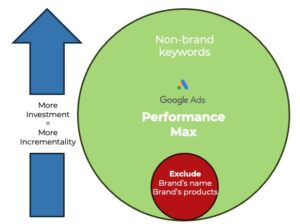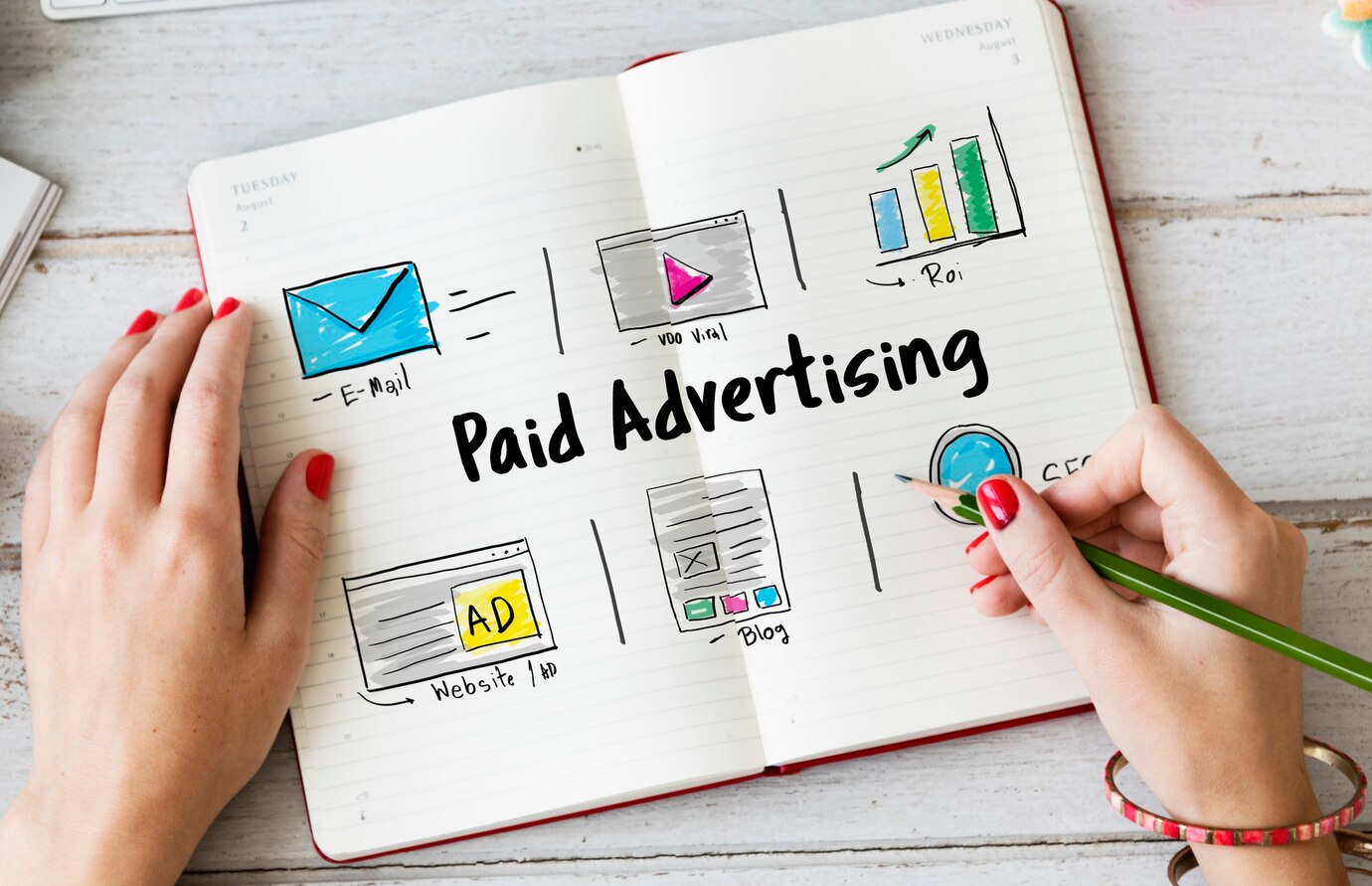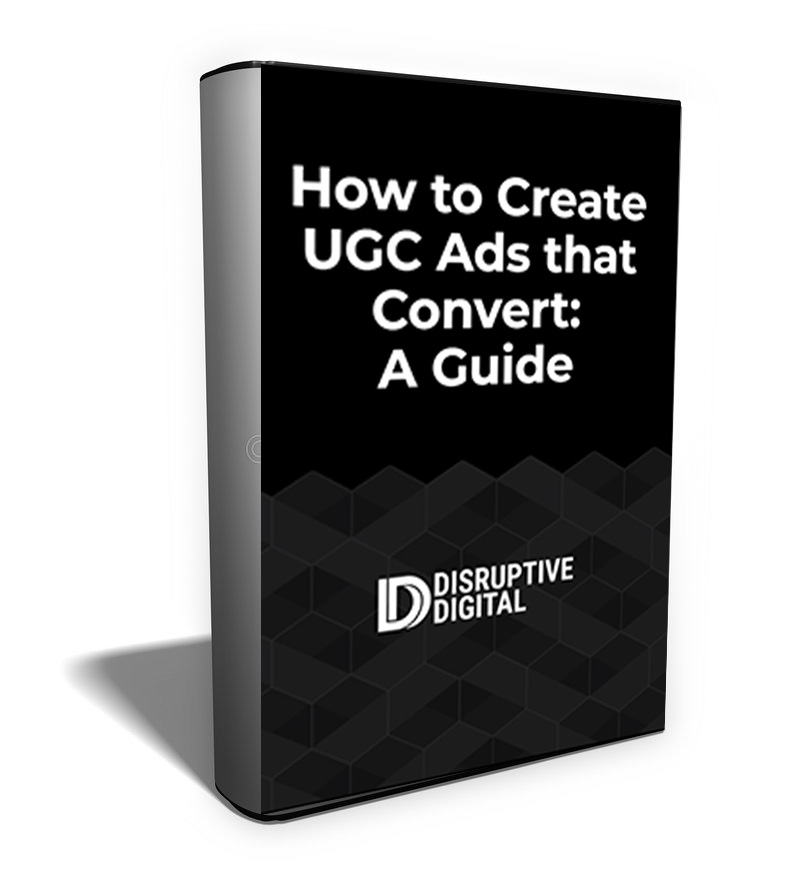If I shut off my Meta or Google ads tomorrow, would I still be generating conversions?
A common challenge many advertisers face is running ads you think are driving success for your business, but are actually taking credit for sales that would have happened regardless of your marketing efforts.
The problem, of course, is that driving incrementality can be difficult to prove, especially when trying to look more granularly at different campaigns within the platforms.
Thankfully, there are a few tell-tale signs which of your marketing efforts may not be incremental on Meta or Google.
To help, we’ve outlined 4 reasons why your Meta and Google ads may not be incremental, 4 ways to gut check your intuition so that you can make the tweaks you need to maximize your ROI, and one way to conclusively understand if your ads are incremental to your business.
FREE GUIDE
Digital Marketing Attribution and Measurement Roadmap
We layout a roadmap of all the measurement and attribution tools direct response advertisers should use to better understand their media’s impact.
4 Reasons Your Meta and Google Ads Are Not Incremental
In truth, there are potentially countless reasons your ads don’t make a dent on your overall marketing success. So in this guide, we’ll focus on the four most common reasons your Meta and Google ads may not be incremental.
1. You’re Spending Too Much on Meta Retargeting
In most ad platforms, retargeting campaigns tend to look really strong in driving performance. They showcase high conversion rates and low CPA’s, clearly making an impact in driving new customers and existing customers to buy.
But keep in mind the reason why that might be the case.
Your retargeting ads on Facebook and Instagram are reaching users who have already shown a high intent in your product. The ads, then, may not actually be the reason they ultimately convert. Instead, they’re just a step on the way of a conversion path that would have happened regardless.
And yet, retargeting continues to receive significant attention in most digital budgets. It’s easy to overinvest in this channel because the surface numbers look so good. Determining whether you’re spending too much on retargeting becomes crucial to build a better ROI.
2. You’re Spending Too Much on Google Brand Search
Similarly to Meta retargeting, Google’s ad platform and analytics tend to suggest that investing heavily in branded searches is always a good idea. In fact, it’s nearly impossible to find a marketing report that doesn’t show branded campaigns significantly outperforming non-branded campaigns in any metric.
But the reason Google branded search campaigns may not be incremental are also similar. These users are already searching for your company; if your ads did not appear, they would likely click on your organic search results regardless.
In fact, eBay actually ran a study that found when they shut off their brand search ads on Google, it had no impact on their sales performance.
Once you factor in the lost organic impressions and conversions that result from placing an ad on the same search term, those analytics don’t look so impressive anymore.
3. You’re Targeting Existing Customers in Your Meta and Google Ad Buys
Do your existing customers really need to see more of your ads to buy again?
While it’s likely your ads can have an incremental impact on your existing customers, sometimes email and SMS messages alone are enough. And if ads are still driving some people to click and buy, chances are you likely are over investing against this audience.
Even if you don’t plan on targeting existing customers explicitly, this can still be an issue on both Google and Meta ad networks:
Meta Advantage+ Shopping campaigns dynamically optimize your audience, but includes current customers by default unless you choose to cap their reach.
Google Performance Max targets both new and existing customers and automatically incorporates brand terms, unless you specifically tell the system to only focus on new customers and non-branded terms.

Without adjusting your campaigns to filter out non-incremental converters, the ultimate result is the same. Existing customers automatically enter your targeting groups, reducing the net gains that your digital campaigns should be getting you in terms of conversions.
4. Media Running Beyond Meta and Google is Driving Your Sales
Advertising is almost necessarily a multichannel effort. You’re probably not just running ads on Meta and/or Google, but also other media designed to drive sales and customers.
The problem becomes when those other channels begin to drive conversions and sales, even though Meta or Google take the credit.
For example, you might be running TV ads that cause your audience to start searching for your product. Google doesn’t know about the TV ad and, when someone clicks on the ad, will take all the credit.
Similarly, you might send out a promotional sales email that drives conversions. Meta, unaware that this messaging was sent to potential buyers, will optimize its campaign for people likely to buy based on its results, not keeping the larger picture in mind.
It’s important to understand how outside messaging might be impacting the success of your Meta and Google ads, because without it, you might be unnecessarily giving credit to a channel that doesn’t deserve it.
FREE GUIDE
Digital Marketing Attribution and Measurement Roadmap
We layout a roadmap of all the measurement and attribution tools direct response advertisers should use to better understand their media’s impact.
How to Gut Check Your Intuition on a Lack of Incrementality
Naturally, when your Meta or Google ads are not incremental, you need to know about it. Because in many of those cases the surface analytics are misleading, that’s not always easy to accomplish. Still, there are a few reliable ways to gut check your intuition and understand whether you need to course-correct.
Check Your Frequencies on Meta Ads
Especially in the lower funnel, apparently high conversion performance by Meta ads may not be conclusive proof that the ads are actually working. If the impression volume for those conversion is overly high, chances are you’re overinvesting in those ads.
For example, we recently came across an advertiser spending 10% of their Meta budget to reach existing customers at a 10X ROAS. But a deeper dive revealed that they only reached 644 unique users—30 times each over two weeks.
Given the high intent of the audience, it’s highly likely they didn’t need to receive messaging so much to convert.
Chances are they could have spent less, with the same result.
Check Your Percentage of View-Based Attribution on Meta Ads
It always makes sense to consider whether your ad reporting makes logical sense. For example, you might be seeing ads that perform great in driving conversions, but no one is actually clicking on your ads. While view-based conversions can be impactful, it can also be a top-level sign your ads are not incremental if it’s at a very high proportion.
A user seeing an ad but not clicking, only to convert anyways, can indicate this user would have converted otherwise. Meta may imply causation, but chances are that this was a mere correlation. That’s especially true for lower-funnel audiences like site visitors or existing customers seeing retargeting ads.
Check Your UTM Codes on Meta and Google Ads
The right UTM tagging is a great tool to independently confirm or challenge the ad reports you’re getting from Meta or Google. If you aren’t seeing people converting in your backend from ads that are taking credit for a lot of the conversion, it’s time to start digging on why that might be the case.
In these cases, the ads may be taking more credit than they are actually driving. Always trust your website and sales metrics; when they don’t match your ad network metrics, evaluate potential changes to ensure you’re tracking correctly and seeing the right amount of incrementality.
Check Your Post-Purchase Customer Surveys
Finally, it helps to hear directly from your customers as well. If you run post-purchase surveys, consider asking them how they heard about you or where they converted from.
Pay special attention to the channels you’re checking for incrementality. If it doesn’t come up, or doesn’t appear to the same degree as the conversions your reports show seem to indicate, look into why that’s the case. Once again, your Meta and Google reports may be taking too much credit for conversions they’re not actually driving to help your business succeed.
Running a Conversion Lift Study to Prove Incrementality
The inherent measurability of digital campaigns can be misleading, because they still don’t provide the full picture. Incrementality is difficult to prove and while some of the steps above are great to gut check your intuition, they’re still not enough to prove conclusively whether your ads are contributing to your sales and customer growth.
That’s where conversion lift studies come into play. On both Meta and Google, a lift study can help measure incrementality in a way that other solutions can’t, because it directly connects your ads to the actions your customers take.
Conversion lift studies compare users from your target group who have seen your ads to those that don’t, and measure how their behaviors change. In an ideal environment, exposure to your ads are the only variable. That way, you can know almost definitely which actions your audience take that are directly influenced by your paid messaging.
Both Meta and Google have specific setups to help advertisers build conversion lift studies. Consider adding them to your measurement efforts to more conclusively show and adjust to the success of your ads and its impact on your business success.
Don’t underestimate the power of incrementality for your digital efforts. Accounting for the most tangible possible outcomes of your ads can help you build better strategies, better target your audiences, optimize your budgets, and ultimately improve your ROI.







